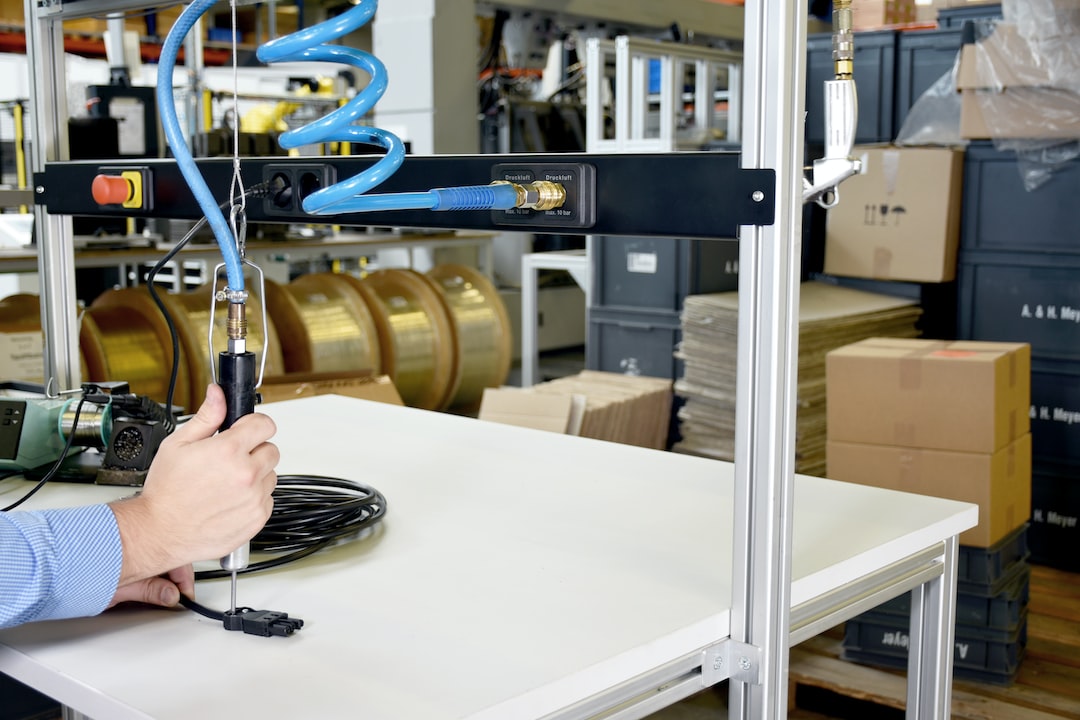Just-in-time (JIT) manufacturing is an innovative production strategy that focuses on producing items exactly when they are needed in the production process rather than producing them in large quantities in advance. This approach has gained popularity across industries due to its numerous benefits. In this blog post, we will explore the advantages of just-in-time manufacturing and how it can improve efficiency and reduce costs.
One of the key benefits of just-in-time manufacturing is its ability to reduce inventory costs. By only producing items as they are needed, companies can avoid the need to store large quantities of finished goods. This eliminates the costs associated with warehousing, such as rent, insurance, and staff wages. With JIT, companies can reduce inventory holding costs while still ensuring that products are available when customers demand them.
Another advantage of just-in-time manufacturing is improved cash flow. When companies produce goods in advance, they tie up a significant amount of capital in inventory. By adopting JIT, companies can minimize inventory levels and free up cash that can be utilized for other purposes, such as investment in research and development or expansion into new markets. This improved cash flow can enhance a company’s financial position and increase its ability to respond to market fluctuations.
Furthermore, just-in-time manufacturing enables companies to be more responsive to changing customer needs and market trends. In a fast-paced business environment, customer demands can change rapidly, and companies need to be able to adapt quickly to these changes. With JIT, companies can produce items according to customer demand, allowing them to better meet customer requirements and avoid the risk of obsolescence. This flexibility can give companies a competitive edge in the marketplace and enhance customer satisfaction.
Additionally, just-in-time manufacturing encourages continuous improvement and lean practices within a company. In order to implement JIT effectively, companies must focus on streamlining production processes and eliminating waste. This can be achieved through the adoption of lean manufacturing principles, such as reducing setup times, improving production flow, and implementing visual management systems. By continuously improving these processes, companies can become more efficient and reduce costs, ultimately leading to increased profitability.
Moreover, just-in-time manufacturing promotes closer collaboration and trust within the supply chain. With JIT, suppliers become an integral part of the production process, as they need to deliver raw materials and components precisely when they are needed. This requires close communication and coordination between the company and its suppliers to ensure timely delivery. By working closely together, companies can build strong relationships with their suppliers, leading to improved quality, reliability, and cost-effectiveness.
Lastly, just-in-time manufacturing reduces the risk of overproduction and excess inventory, which can be particularly beneficial in volatile and uncertain market conditions. Traditional manufacturing approaches often result in surplus inventory that becomes obsolete or loses value over time. With JIT, companies produce only what is needed, reducing the risk of excess inventory and allowing them to be more agile in responding to market changes. This not only minimizes costs but also mitigates the risk of losses associated with excess inventory.
In conclusion, just-in-time manufacturing offers numerous benefits to companies across industries. From reducing inventory costs and improving cash flow to enhancing responsiveness and promoting lean practices, JIT can significantly enhance a company’s operational efficiency and profitability. By understanding and implementing the principles of just-in-time manufacturing, companies can gain a competitive advantage in the marketplace and thrive in a rapidly changing business environment.

